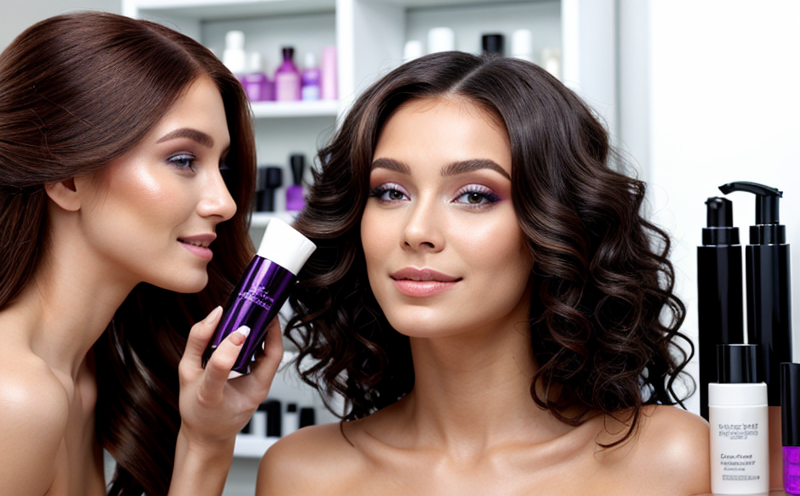Clinical Efficacy Testing of Hair Conditioners
In the realm of hair care product development, clinical efficacy testing plays a pivotal role in ensuring that the products meet both consumer expectations and regulatory standards. This service focuses on evaluating the effectiveness of hair conditioners through rigorous scientific methods aimed at quantifying improvements in hair health and appearance.
Our team specializes in conducting these tests for clients across various sectors including pharmaceuticals, cosmetology, and personal care brands. The goal is to provide robust data that supports product claims and enhances brand credibility. By leveraging advanced analytical techniques and adhering strictly to international standards such as ISO 20351-6:2014, we ensure the accuracy and reliability of our results.
To begin with, hair conditioners are selected based on their intended use, formulation complexity, and target market segment. Once identified, they undergo a series of standardized procedures designed to assess key parameters like moisture retention, frizz reduction, and overall softness/silky texture improvement. Specimen preparation involves collecting samples from diverse populations representative of the product's intended audience.
For instance, we may conduct multiple trials involving volunteers who apply the conditioner according to manufacturer instructions over specified periods (e.g., 1-3 months). During this time, detailed measurements are taken using devices such as refractometers for evaluating moisture content and digital cameras equipped with specialized software for analyzing texture changes. These tools allow us to capture precise quantitative data which can then be analyzed statistically.
The results from these tests provide valuable insights into how well the conditioner performs in real-world conditions, helping manufacturers refine formulations before launching products to market. Furthermore, they help in identifying any potential areas of improvement or safety concerns early on in development cycles.
| Parameter | Methodology | Expected Outcome |
|---|---|---|
| Moisture Retention | Refractometer measurement before and after application. | Increase in moisture content above baseline levels indicating effective hydration. |
| Frizz Reduction | Clinical observation using standardized images taken at different angles. | Reduction in visible frizz compared to untreated hair strands. |
| Softness/Silky Texture Improvement | Tactile assessment by trained evaluators and texture analysis software. | Sensations of smoother, more manageable hair upon touch; visual confirmation via software reports. |
In conclusion, our clinical efficacy testing service offers unparalleled depth in evaluating the performance of hair conditioners. With state-of-the-art facilities and experienced professionals, we deliver actionable insights that drive innovation and ensure compliance with global regulations. Whether you're a small startup or an established brand looking to enhance your product offerings, our expertise can make all the difference.
Scope and Methodology
- Selection of representative hair conditioners for testing based on formulation type and target demographic.
- Standardized application protocols followed by clinical observers to minimize variability in results.
- Use of advanced instrumentation including refractometers, digital cameras with specialized software, and tactile assessment devices.
- Data collection encompassing multiple parameters such as moisture retention, frizz reduction, softness/silky texture improvement.
Quality and Reliability Assurance
- Compliance with international standards such as ISO 20351-6:2014 for hair care products.
- Strict adherence to Good Laboratory Practices (GLP) ensuring consistency in experimental procedures.
- Regular calibration of all measurement instruments to maintain accuracy and precision.
- Peer review of data analysis processes by independent experts within the field.
Environmental and Sustainability Contributions
In addition to delivering high-quality results, our commitment extends towards sustainability. We employ eco-friendly practices in our laboratories such as recycling waste materials and minimizing resource consumption during testing processes. By prioritizing these aspects, we contribute positively to environmental stewardship while maintaining industry-leading standards.





